Medicine has come a long way, but the journey has been filled with strange and surprising practices. From ancient rituals to bizarre surgeries, here are 15 of the weirdest medical procedures from history that will make you glad to live in modern times.
1. Bloodletting
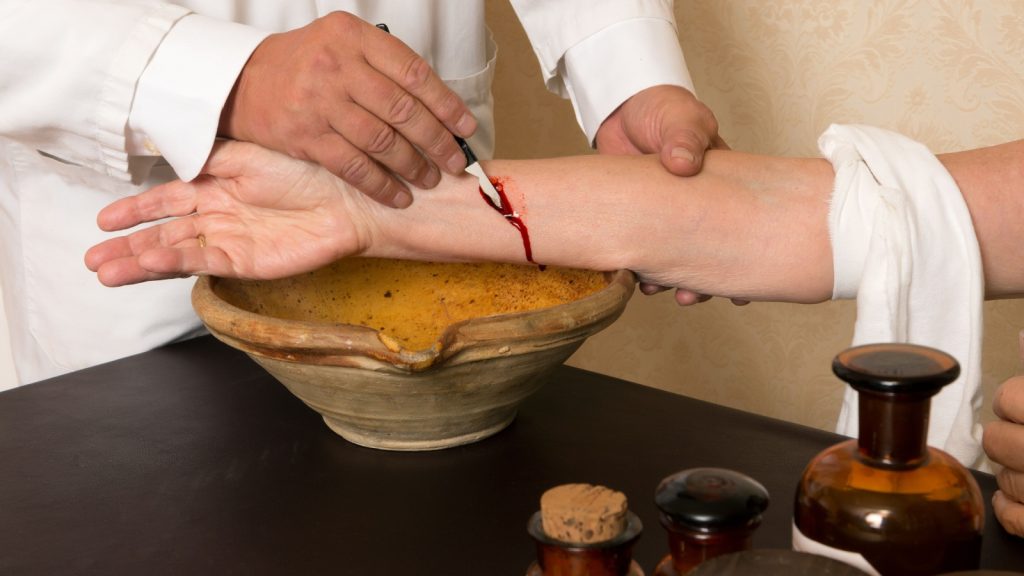
Bloodletting was once a common treatment for many illnesses. Doctors believed that releasing blood from the body could cure diseases by balancing the body’s humors, or bodily fluids. They used tools like lancets and leeches to draw blood, often taking large quantities. This practice often made patients weaker instead of better, and sometimes even led to death from excessive blood loss.
2. Trepanation
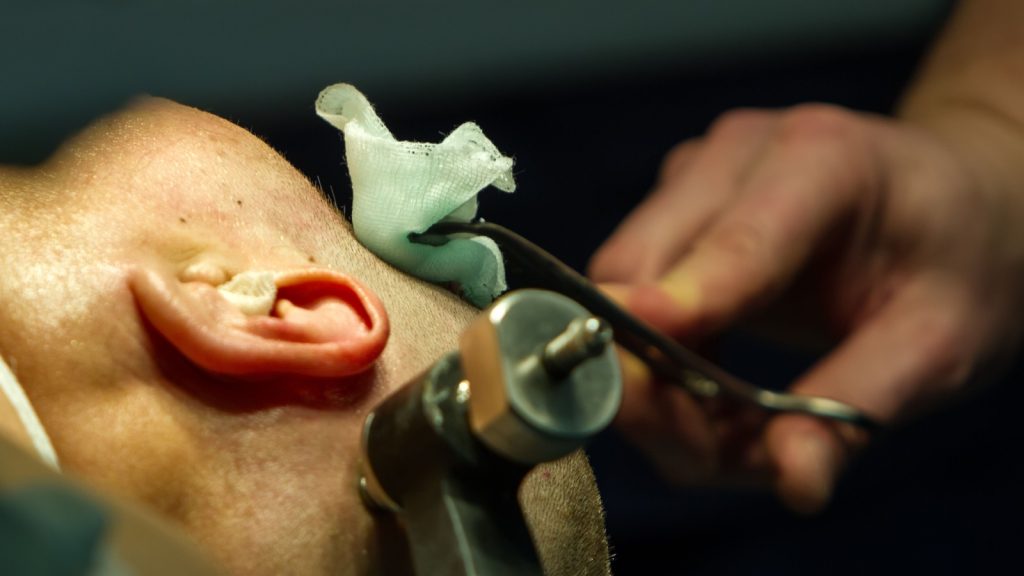
Trepanation involved drilling holes into a person’s skull. Ancient civilizations believed it could release evil spirits or cure headaches and seizures by relieving pressure. Without anesthesia, this procedure was incredibly painful and risky, often leading to infections or brain damage. Remarkably, some patients did survive and showed signs of healing, suggesting the practice was occasionally effective.
3. Mummy Powder
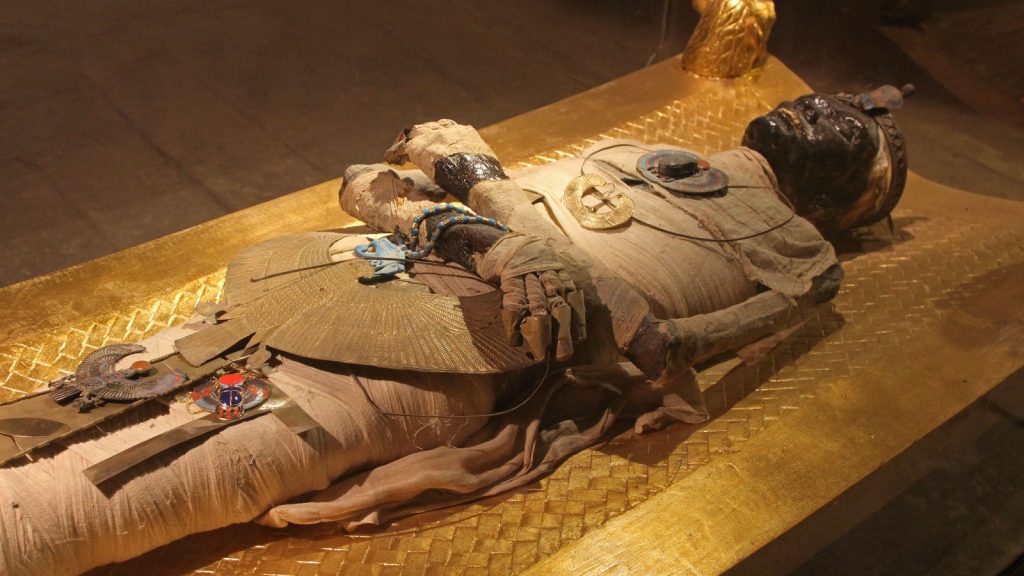
In medieval Europe, people thought consuming powdered mummy parts could cure various ailments. They believed the mummies’ preserved bodies had magical healing properties and could transfer their strength to the living. This led to the widespread practice of grinding up mummies for medicine, creating a demand that fueled grave-robbing and black market trade. The practice eventually died out as medical knowledge advanced.
4. Mercury Treatment
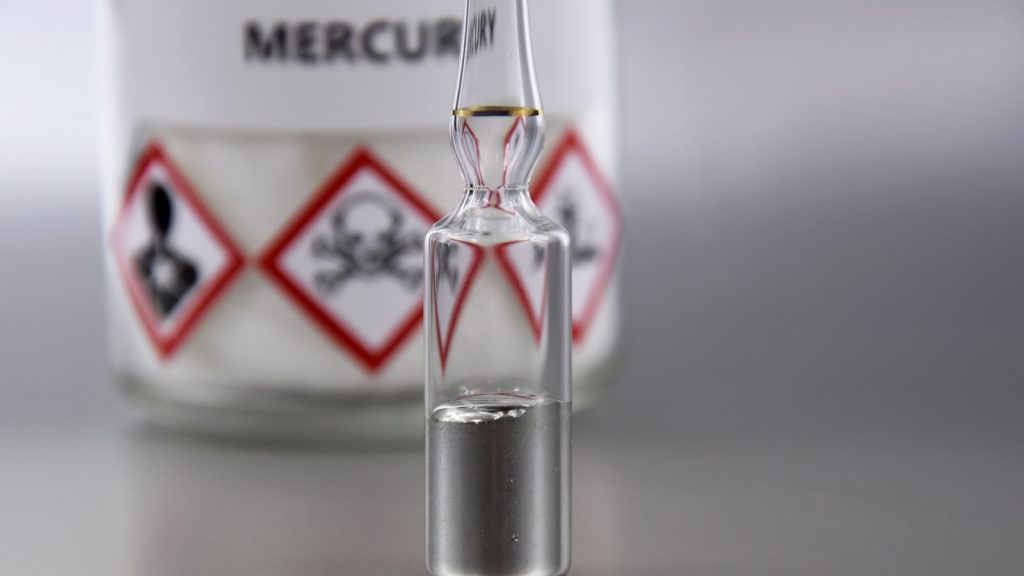
Mercury was once used to treat illnesses like syphilis. Patients ingested or applied mercury, believing it would purge the disease from their bodies through sweating and salivation. Unfortunately, mercury is toxic and often caused severe poisoning, leading to symptoms like tremors, memory loss, and even death. Despite its dangers, mercury treatments were used for centuries before safer alternatives were found.
5. Animal Dung Ointments

Ancient Egyptians used animal dung in their medical treatments. They believed applying crocodile or cow dung to wounds would prevent infection and promote healing. This practice likely caused more harm than good due to bacteria and infections present in the dung. Despite this, it reflects the ingenuity and resourcefulness of ancient healers trying to use available materials for medical purposes.
6. Corpse Medicine

In Europe, people once used human body parts as medicine. They consumed blood, bones, and other body parts, believing they had healing powers that could transfer to the living. This grisly practice was based on the idea that the vitality of the dead could cure ailments like epilepsy, bruising, and internal bleeding. It was common until the 18th century when more scientific approaches to medicine emerged.
7. Tooth-in-the-Eye Surgery

Tooth-in-the-eye surgery, or osteo-odonto-keratoprosthesis, is a modern but bizarre procedure. It involves implanting a tooth into the eye to help restore vision, using the tooth as a support for an artificial cornea. This complex surgery is used when other treatments for blindness fail, and it has had some success in restoring sight. Despite its oddity, it showcases the lengths to which modern medicine will go to restore basic functions.
8. Cannibal Cures
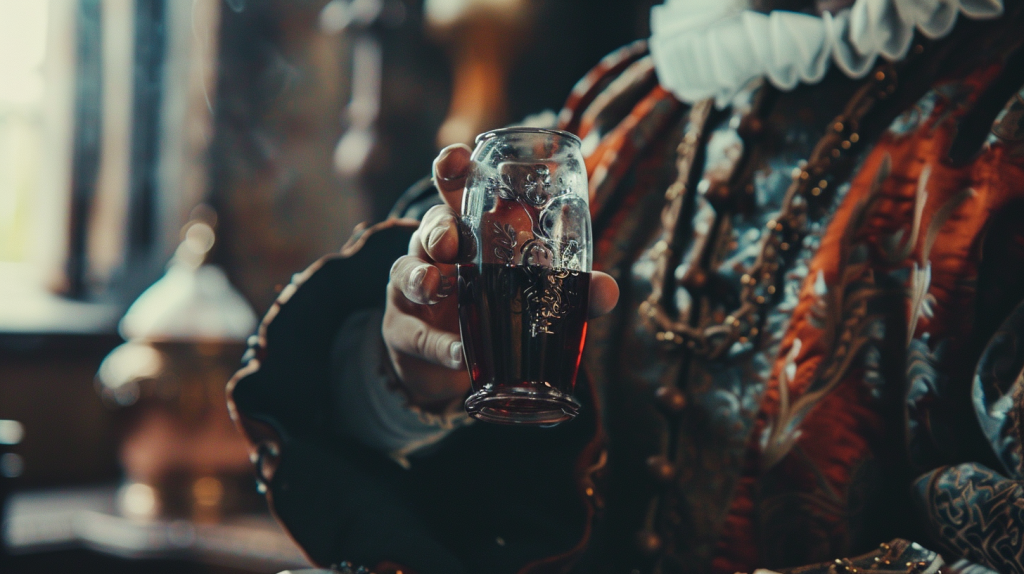
Cannibal cures involved consuming human flesh for medicinal purposes. During the Renaissance, it was believed that drinking fresh blood or eating human flesh could cure various diseases by transferring the strength and vitality of the deceased. This practice was both gruesome and ineffective, often leading to more harm than good. It highlights the desperate measures people once took in the quest for healing.
9. Lobotomy

Lobotomy was a psychiatric treatment where doctors severed connections in the brain’s frontal lobe. It was used to treat mental illnesses like schizophrenia and depression, often resulting in dramatic changes in personality and cognitive function. The procedure often left patients with severe disabilities, including loss of initiative and emotional response. It fell out of favor as more humane and effective treatments were developed.
10. Plombage
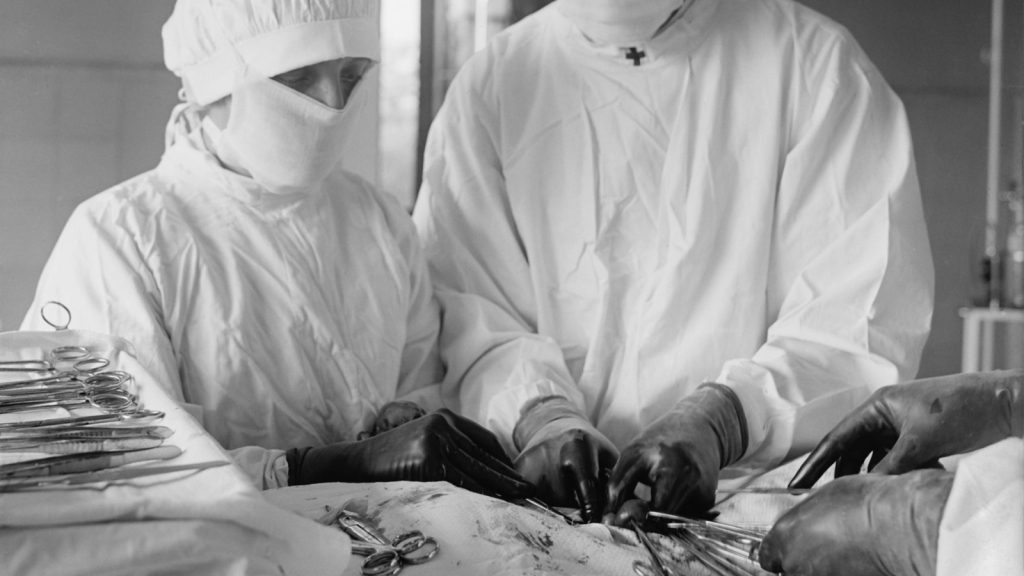
Plombage was a treatment for tuberculosis in the early 20th century. Doctors inserted materials like paraffin wax or rubber into patients’ chests to collapse infected lungs, aiming to rest and heal them. This was intended to heal the lungs but often led to complications such as infection and respiratory problems. The practice was eventually replaced by more effective treatments like antibiotics.
11. Tapeworm Diet
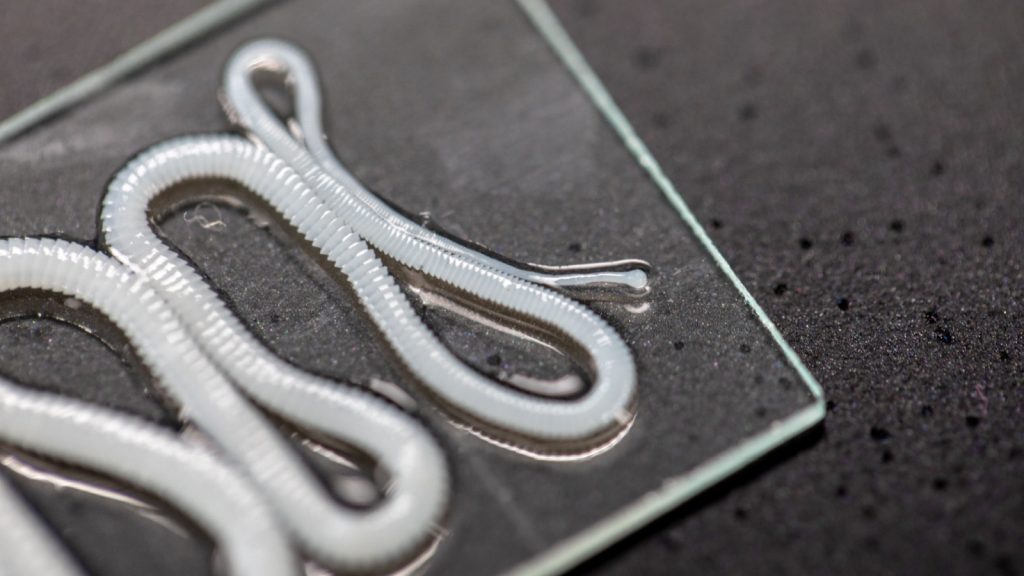
In the early 20th century, some people ingested tapeworms to lose weight. They believed the parasites would consume the food in their stomachs, helping them slim down without dieting. This dangerous practice could cause serious health issues, including malnutrition and intestinal blockages. Despite its risks, it was marketed as an easy weight-loss solution before its dangers became widely recognized.
12. Electroconvulsive Therapy (ECT)

ECT, or shock therapy, involves sending electric currents through the brain to treat mental illness. While it is more controlled today and can be effective for severe depression, early versions of ECT were intense and could cause memory loss and other side effects. Patients often experienced confusion and physical injuries due to convulsions. The procedure has been refined over the years, making it safer and more humane.
13. Fasting and Starvation

In the past, fasting and starvation were used as treatments for various illnesses. Doctors believed depriving the body of food could cure conditions like epilepsy or mental illness by purging impurities. This often led to malnutrition and further health problems, as patients became weak and more susceptible to other diseases. The practice declined as better understanding of nutrition and health developed.
14. Smoke Enemas

Smoke enemas were used in the 18th century to revive drowning victims. Doctors believed that blowing tobacco smoke into the rectum could stimulate respiration by warming the body and stimulating circulation. This odd procedure was not effective and fell out of favor as more effective methods of resuscitation were discovered. It remains a curious example of historical medical ingenuity. And now you know where the term “blowing smoke” comes from!
15. Corpse Blood Transfusions

Thankfully, today, we use healthy blood from living donors like me. However, in the 17th century, doctors experimented with blood transfusions from corpses to living patients. They hoped that fresh blood from the dead could revive the sick, transferring life and vitality. This practice was dangerous and usually led to fatal infections, as the blood quickly spoiled and became a source of disease. It was one of many early attempts to understand and manipulate the body’s circulatory system.
16. Hemiglossectomy

Hemiglossectomy is the surgical removal of half of the tongue. In the 19th century, this procedure was performed to treat stuttering and other speech disorders. The belief was that reducing the size of the tongue would improve speech clarity. This drastic measure often led to severe complications, including difficulty speaking and eating, and it did not reliably cure speech disorders.
17. Antimony Pills

Antimony, a toxic element, was used in the form of pills for purging the digestive system. These pills, known as “everlasting” because they could be reused, induced vomiting and diarrhea. After passing through the digestive tract, they were retrieved, cleaned, and stored for future use. This dangerous practice often led to severe poisoning and was eventually abandoned as safer laxatives became available.
Katy Willis is a writer, master herbalist, master gardener, and certified canine nutritionist who has been writing since 2002. She’s finds joy in learning new and interesting things, and finds history, science, and nature endlessly fascinating.

